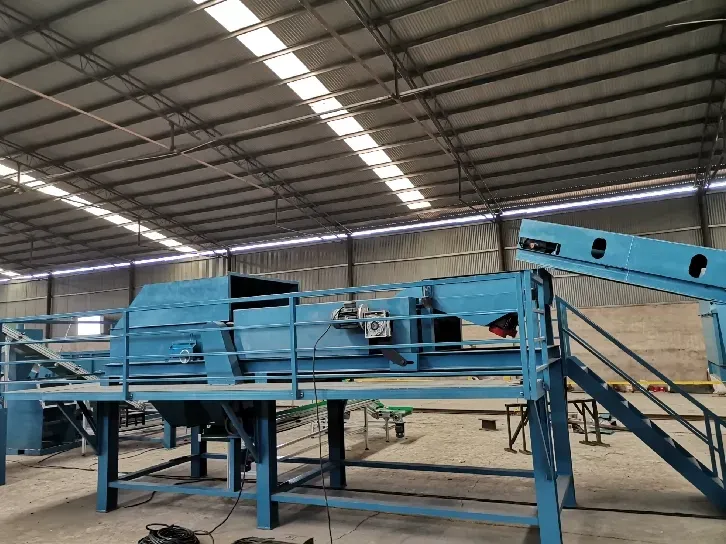

Қар . 10, 2024 16:34 Back to list
How Do You Dispose of Printers?
Disposing of printers, much like other electronic devices, requires careful consideration to ensure that you are following local regulations and minimizing environmental impact. With the rapid advancement in technology, many households and businesses find themselves with old printers that are no longer functional or needed. Proper disposal not only helps in decluttering but also contributes to the ecological well-being of our planet. Here’s a comprehensive guide on how to dispose of printers responsibly.
1. Assess the Condition of the Printer
Before deciding on the disposal method, assess the printer's condition. If it's still operational, consider reusing or recycling it rather than disposing of it. Many organizations, schools, or non-profits are often in need of functional printers and may accept donated equipment.
2. Check Local Recycling Programs
Many communities have specific recycling programs for electronic waste, also known as e-waste. Check with your local waste management facility to see if they offer a program for electronic devices. Some cities hold special e-waste recycling events where you can drop off your old printers safely. Additionally, search online for specific recycling centers in your area that accept printers.
3. Manufacturer Take-Back Programs
Several manufacturers offer take-back programs for their products. These initiatives allow consumers to return their old printers to the manufacturer for recycling. Companies like HP, Canon, and Epson have dedicated programs aimed at reducing electronic waste. Visit the manufacturer's website for details on their specific take-back program, including shipping instructions and any associated costs.
If the printer holds sentimental value or is a higher-end model, consider having it refurbished. There are businesses specializing in refurbishing electronics. They can replace worn-out parts and restore functionality, giving the printer a new lease of life. This option is often more economical than purchasing a new device and serves a dual purpose of waste reduction.

5. Disassemble and Recycle Parts
If you are technically inclined, consider disassembling the printer yourself. Many components, like metal parts, plastic casings, and electronic boards, can be recycled separately. Make sure to follow local guidelines for recycling different materials. For example, while metals might be recyclable at a scrap yard, other parts may need to go to a specific e-waste facility.
6. Safe Disposal of Cartridges
Don't forget about the printer cartridges! Ink and toner cartridges can also be recycled. Many retailers, including office supply stores, have programs in place for recycling these items. You can often drop them off in designated bins at participating locations. Some manufacturers even offer discounts or rewards programs in exchange for returned cartridges.
7. Secure Data Erasure
Before parting with your printer, especially if it has scanning or copying capabilities, ensure that any sensitive data is securely erased. Printers that store data on internal memory can hold onto information such as printed documents and scanned images. Check the user manual or contact the manufacturer for guidance on how to reset the device to factory settings.
8. General Electronic Waste Disposal
If no other options are available, disposal as general e-waste is a last resort. Make sure to follow your local laws regarding e-waste disposal, as improper disposal can lead to heavy fines or harm to the environment. Never throw your printer in the regular trash, as it can leak harmful substances into the soil and waterways.
Conclusion
Disposing of printers responsibly requires a blend of creativity, compliance, and ecological awareness. Whether you choose to donate, recycle, refurbish, or disassemble, the key is to minimize waste and utilize proper channels for e-waste disposal. By following the steps outlined above, you can ensure that your old printers are disposed of in a way that is responsible and beneficial to the environment. Together, small actions like these can lead to significant positive impacts on our planet’s health.
Latest news
Troubleshooting Common Eddy Separator Problems
NewsJul.04,2025
The Role of Metal Recycling Plants in Circular Economy
NewsJul.04,2025
The Impact of Recycling Line Pickers on Waste Management Costs
NewsJul.04,2025
Safety Features Every Metal Shredder Should Have
NewsJul.04,2025
How Industrial Shredders Improve Waste Management Systems
NewsJul.04,2025
How Cable Granulators Contribute to Sustainable Recycling
NewsJul.04,2025